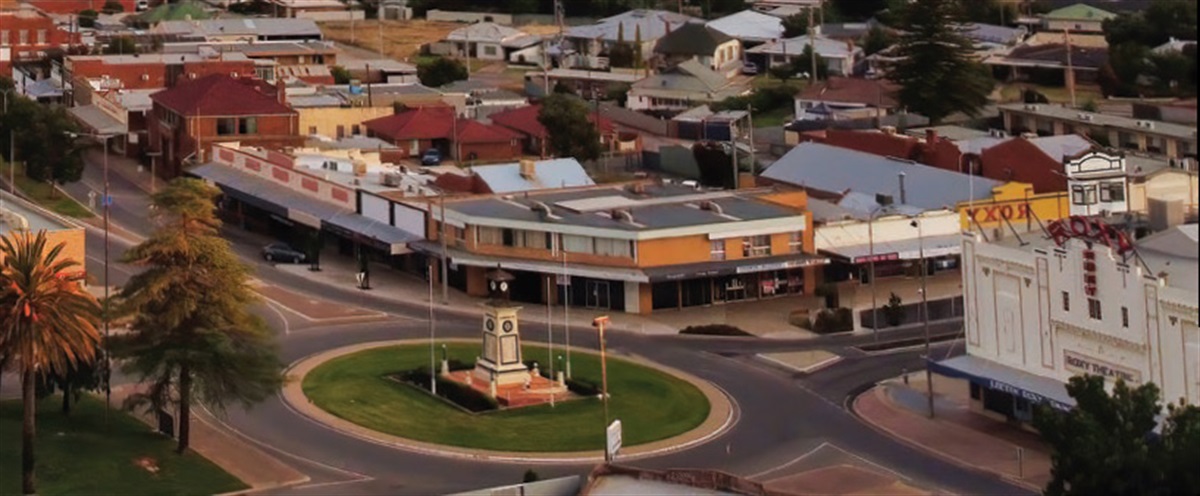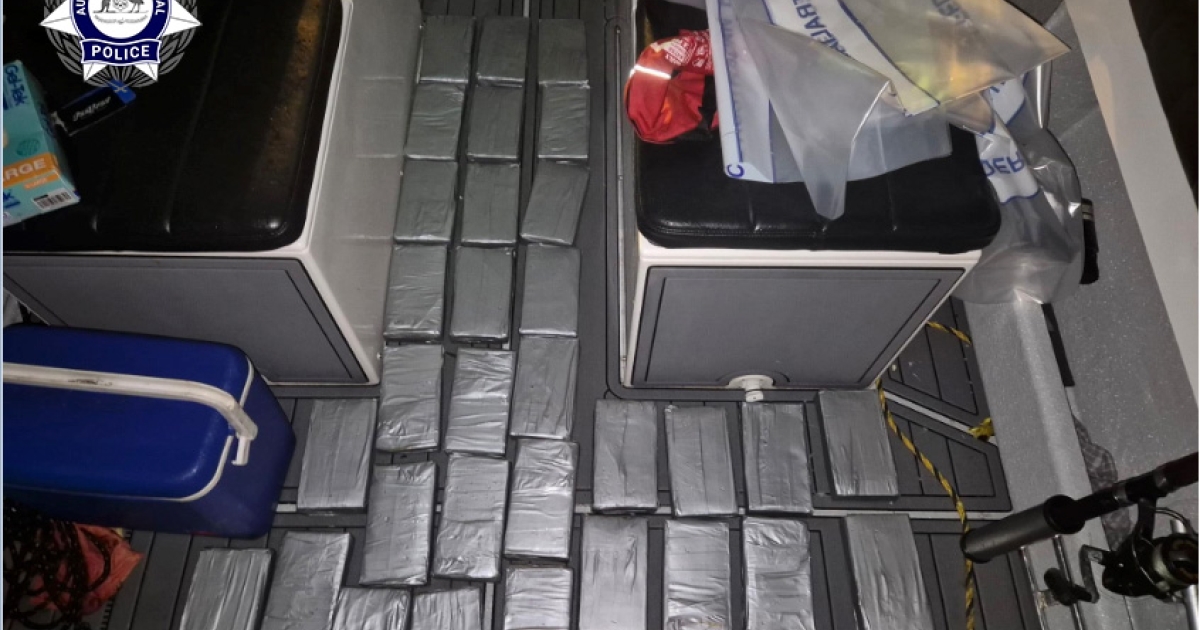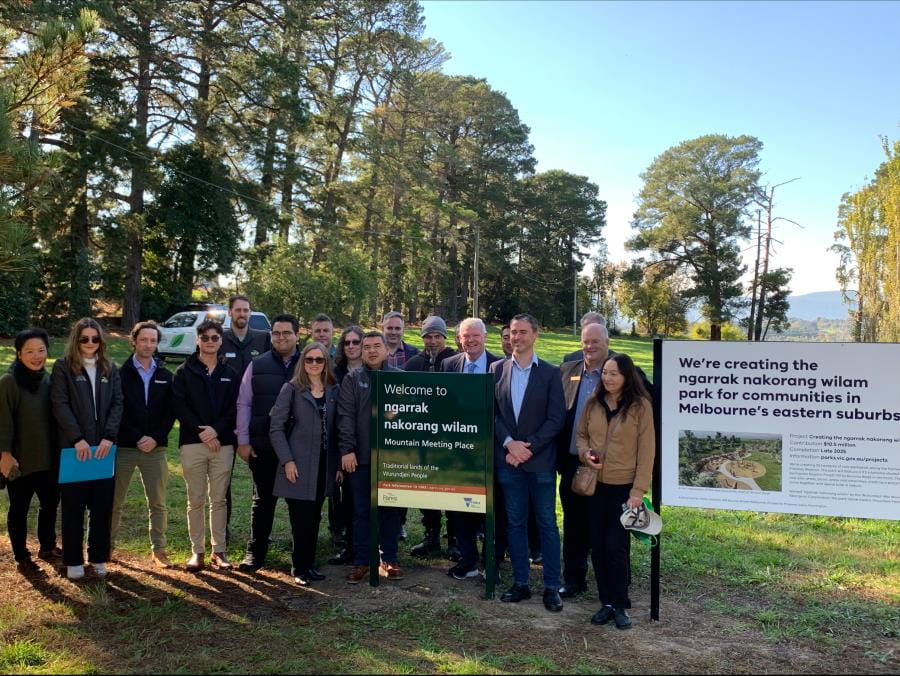AusBiotech urges Federal Government to take biotechnology industry’s unique characteristics into account when designing $392.4 million Industry Growth Program.
As the voice of industry, AusBiotech has responded to the Department of Industry, Science and Resources’ consultation on the new Industry Growth Program (the Program) with an industry-led submission.
The Program, announced during the 2023-24 Federal Budget, will be aimed at supporting Australian SMEs and startups to commercialise ideas and grow operations, with an alignment to the National Reconstruction Fund (NRF)’s seven priority areas. This positions SMEs to seek potential funding through the NRF or gain other investment interest in the future.
AusBiotech’s submission included four key recommendations, including:
- Take medical science sector’s unique characteristics into consideration when determining eligibility criteria for SMEs;
- Reconsider the intention for matched funding to be a criterion for grants for the pre-revenue medical science sector. At any amount, it is high bar to entry for a company relying on capital flow from investors and grants and, therefore, AusBiotech recommended a pre-approved concession for the sector is recommended
- Careful application of Technology Readiness Levels (TRLs) assessments, with the need to consider the unique characteristics of the sector, and subsectors within medical science; and,
- Industry Partner Organisations to offer expertise where there are currently gaps in the market and where SMEs initially struggle to access.
Bio/medical technology differs from traditional business and non-medical technology in both its development challenges and in its potentially world-changing technologies. Around 80 per cent of Australia’s biotech companies are classified as SMEs and are working to commercialise their research, with an important number developing new and novel technologies – the majority of which are pre-revenue.
In its submission, AusBiotech recommended that pre-market companies and those with turnover up to $20 million (if applied as in the R&D Tax Incentive) be considered an SME. These companies are typically also pre-revenue and pre-regulatory approval.
“It should be noted that an SME in this sector, will not be analogous to an SME in another sector. For example, a biopharma company that has received a once-off payment of $10 million and a prospective royalty stream upon development milestones, will not be equivalent in character to an IT company with a $10 million stream of revenue that is following year-on-year,” AusBiotech said.
AusBiotech has been engaging with the Department to ensure the policy design behind the $392.4 million programme takes the unique characteristics of the biotechnology industry into account, through an intimate roundtable discussion and via its formal submission.
AusBiotech has stressed a broad approach to assessing eligibility could negatively influence the programme, noting as an example that annual turnover, FTE, and net asset caps are not appropriate eligibility criteria for the medical sciences.
“The sector’s main unique characteristics include being highly regulated, usually requiring expensive and extensive clinical trial data before any product can be approved, and having longer than usual development times. It typically can take 7 – 15 years and up to $2.5 billion to bring one bio/medical product from early research to market, with little or no revenue.
“These differences are why, unless a policy takes these unique characteristics into consideration during the policy design phase, the sector can be severely disadvantaged.”
AusBiotech’s submission also emphasised the importance of capturing and reporting non-financial metrics, such as technology impact, sector-specific metrics including patient access to clinical trials and anticipated patient outcomes; and diversity and inclusion metrics like gender of founders and CEOs, and level of Indigenous Peoples’ participation and success.
Read AusBiotech’s full submission here.








